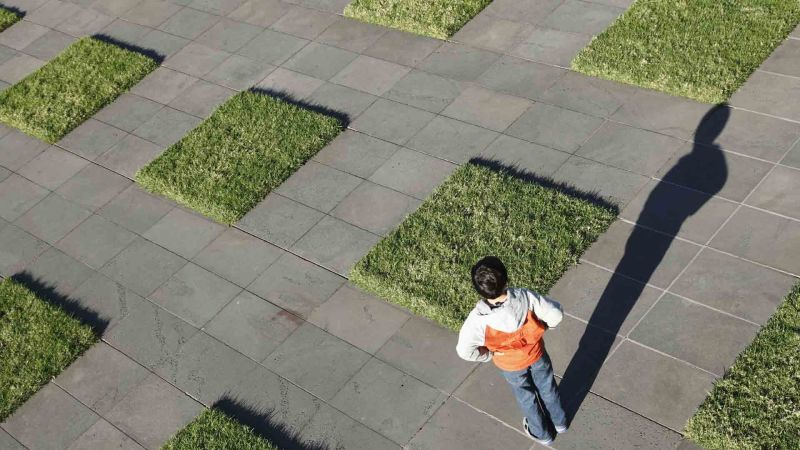In fact, spatial skills “strongly predict” who will pursue STEM careers, and -- according to one study -- children’s spatial reasoning skills were more predictive of future creativity and innovation in STEM fields than math scores. But learning those skills is not widespread.
“We know spatial skills can be taught and grow with practice and we know that spatial skills predict whether or not kids pursue STEM careers," said Julie Dillemuth, a spatial cognition geographer and children's author. "But we don’t systematically teach these skills in schools and a lot of parents aren’t tuned in to this topic.”
That’s fixable, said Newcombe. “It’s very easy, and fun, to do spatial play with your preschoolers, and it will probably make a difference.”
How does one help?
Use Spatial Language
The way young children talk about space is a significant, early predictor of their future spatial cognition. According to a University of Chicago study, parents vary widely in the amount of spatial language they use with their children -- and this gap has consequences: Children who were exposed to more spatial language during their preschool years outperformed their peers on spatial tests years later. Spatial language includes references to shapes (triangle, square), sizes (tall, wide), features of shapes (corner, edge) and orientation (above, below, near, between).
Parents and preschool teachers can address this language gap by using descriptive language to describe their environment. For example, research suggests that parents can amplify the benefits of block and puzzle play by using spontaneous spatial language with their children such as, “Can you find all the pieces with a flat edge?”
Dillemuth recommends playing games such as “hidden treasure,” where the adult hides an object in a room and then give the child step-by-step spatial directions to find it, such as “Walk forward five steps. Turn to your left, towards the couch. Now reach your hand between the pillows.”
Engage in Simple Mapping Activities
Research suggests that children as young as 3 years old can appreciate the relationship between a map and the physical world.
Dillemuth, whose dissertation focused on how small-screen digital maps influence our navigation decisions, said that map reading is not an obsolete skill. “When you look at maps, you are building a mental map. Mental maps are really important because it gives you freedom to navigate where you want to go -- for example, how to take a shortcut, or where to go if your road is blocked.”
Parents can encourage kids to draw maps of familiar places -- such as their bedroom or a favorite playground. Dillemuth said she likes to play “map hide and seek” with her preschooler. “First, we draw a map of the house,” she said. “Then I might hide a toy in the cabinet and point to the cabinet on the map.” This prompts the child to make the connection between the 2-D representation of the room and its 3-D counterpart.
Invest in Blocks and Puzzles
Parents who want a simple way to boost preschoolers’ spatial cognition should start with the toy box, said Newcombe. According to a 2015 study that she co-authored, “children’s play with spatial toys correlates with spatial development.” Specifically, children who regularly play with blocks and jigsaw puzzles have more advanced block design scores than children who play with such toys less often. Her research also found that “females play less with spatial toys than do males, which arguably accounts for males’ spatial advantages.”
Newcombe shared a few rules of thumb for encouraging spatial play. First, procure blocks and puzzles and encourage girls as well as boys to play with them. Second, try to avoid toys that seem either too hard or too easy -- aim for the “stretch” zone. As children improve, give them something to do that is just a little bit harder.
Read Spatially Challenging Picture Books
Reading spatially challenging picture books is another way to engage children’s spatial thinking and expose them to spatial language. Look for books that include pictures from various angles or perspectives, that contain maps and abundant spatial language, or whose illustration require close attention to decipher their meaning -- such as wordless books. According to Newcombe, “Even though books only contain static pictures, they can help children understand spatial transformations, if adults read them with the children and stimulate their imagination.”
Dillemuth said that adults often take spatial skills for granted because we use them all day long. “If you are packing a bag, loading the dishwasher, or playing sports, you pay attention to where things are located in relation to one another. We don’t really think about our spatial skills until we have to assemble a bookcase from IKEA.”


